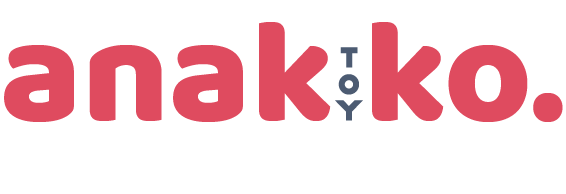
Why we started making toys.
March 2015 we had our first child. Before our baby’s arrival, like many parents, we searched for toys we thought would be fun and offer an extension of culture. Being Filipino I searched for toys that would teach the Filipino language the older generation of my family were still fluent in, Tagalog.
I was born and raised in America so my handle of our language was shaky at best. I was hoping to find tools to allow my child the opportunity to have a better foundation than I did.
I found nothing.
Life carried on. We bought other toys. Our next child came just over 3 years later. Same search was made in hopes that these cultural/educational toys would now exist.
Still nothing.
Life continued and more time passed. Covid 19 hit. The restaurants we owned and operated closed permanently. What would we do now? As we thought of returning to the work force or opening up another food concept the voice in my head telling me the toys I searched for still didn’t exist grew louder.
The toys had to be made and if I had to fumble through making them so our kids had them to play with and learn, so be it.
Anak Ko is a term my grandmother would use for all her children and grandchildren. It translates to, My Child. It is a term of endearment many Tagalog speaking Filipinxs use for their children. These toys were made for My Children. Our Children. So that they could have a better opportunity to carry on our culture.
Why Tagalog?
One side of our family hails from Hagonoy, Bulacan on the island of Luzon. Tagalog is the primary Filipino language spoken in this part of the country. The generation that immigrated to the U.S. is still fluent in Tagalog but our generations after them only contain a small handful of family members who can speak and/or understand.
Why Ilocano?
Our family moved to the state of Washington after they left the Philippines. They eventually settled in Seattle where a good portion if not the majority of the Filipinx community is made up of Ilokano Kababayan (coming from the same country.) Culturally the community would integrate and our family expanded to include a mix of Tagalog and Ilocano heritage.
Why Bisaya?
The other half of our Filipinx family find our roots in Cebu. Bisaya also known as Cebuano is one of the 5 primary arms of the Visayan languages. It is the most common of the 5 across the Visayas and even extends into Midanao. My great-grandma was the last of the family to have complete fluency and so it is very important to us to not let our heritage to continue to slip away.
Why Hawaiian?
My Great Grandparents moved to Hawai’i before my grandfather was born. Brought in to work on the plantations. Their son my Grandpa George, Keoki’s life began on the old Dole Plantation in Wahiawa on the island of O’ahu. Our line from him is not Hawaiian but our family from my Great Grandparents extending to include Hawaiians, Kānaka Maoli. So many aunts, uncles, cousins, nieces and nephews are descendants of the Aboriginal Polynesians that first found the Hawaiian Islands, Ka Pae’aina o Hawai’i Loa. And so with Filipino culture the next largest influence on my life was from my family who are Hawaiian. Their love of their land and the fight to protect and gain back what was illegally taken from them is our family’s love and fight also.
Why other languages?
In seeking out to teach our own children languages of our families and communities it was easy to see that we weren’t the only community hoping to pass on culture to their children. We look to add languages only as we connect with designers from those communities to represent their people and donating to organizations that work to benefit the youth of that country/community.

